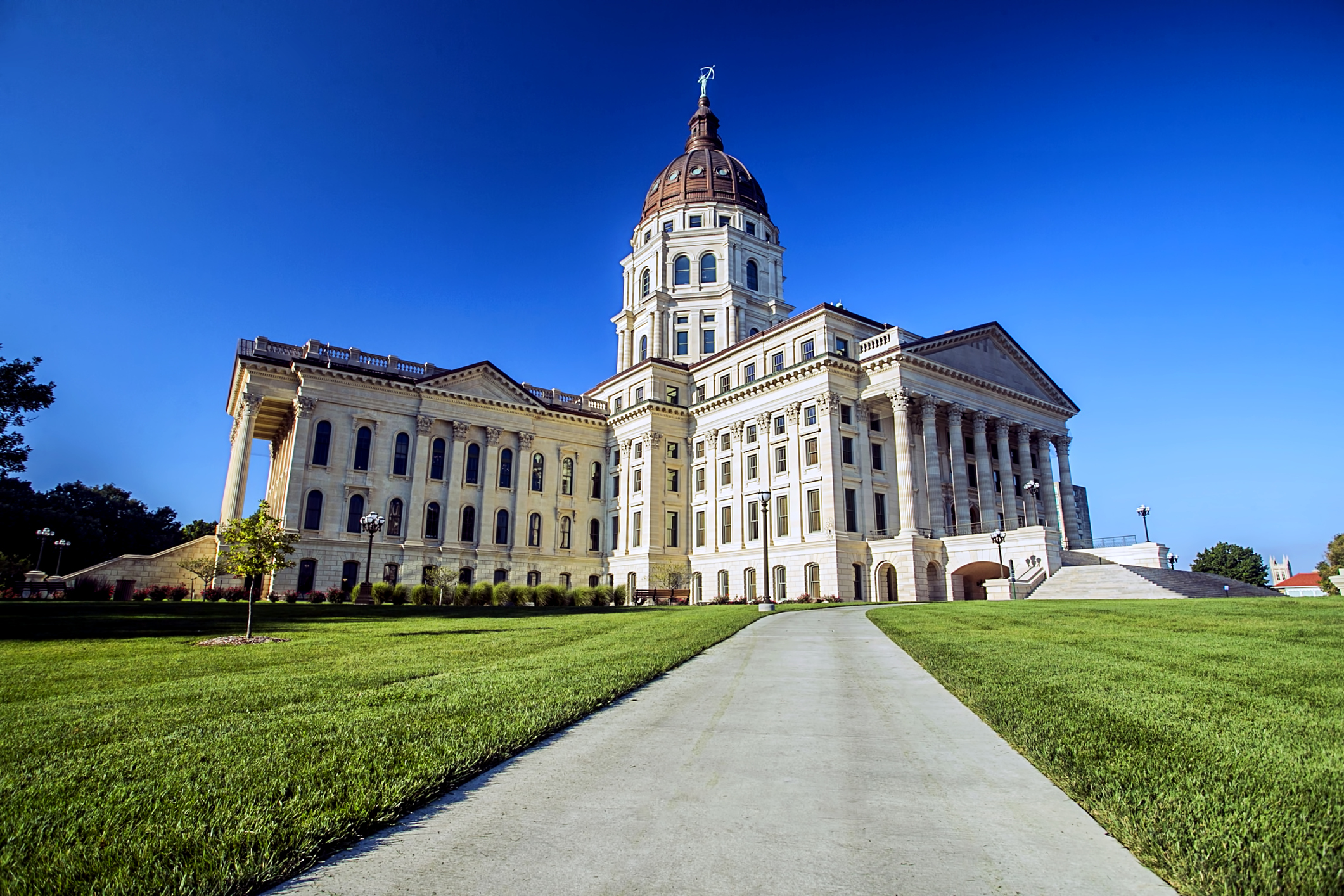
Kansas moves to take control over workplace safety regulations.
“We have seen too many instances of federal intrusion into the rights and lives of everyday Kansans,” said Kansas Governor Sam Brownback in 2015. “States should have the flexibility to manage their own affairs and serve their citizens more effectively.” Brownback was voicing his support for a letter asking Congress to return power to the states. Now, the Kansas legislature is taking direct action to take back its power from federal regulators.
A bill introduced in the Kansas legislature in February 2017 would begin the process for retaking control over occupational safety and health standards. These standards are currently set and enforced by a federal agency, the Occupational Safety and Health Administration (OSHA). But 21 states have moved to reclaim some control since OSHA was created in 1970. Kansas would make 22.
The Occupational Safety and Health Act of 1970 (OSH Act) permits states to create and enforce their own programs for workplace safety. OSHA must approve these programs, and the law requires them to include regulations that are at least as effective as OSHA’s. Some states meet this requirement by adopting plans that are identical to the OSHA regulations. Other states add additional regulations to address workplace hazards not covered by OSHA.
A few states have adopted more narrow plans to complement OSHA’s regulations and compensate for their limited reach. For example, OSHA does not cover state or local government employers. Five states have adopted plans covering only these government employers in an effort to close the gap, leaving OSHA in charge of private employers.
The Kansas bill, on the other hand, is motivated by a desire to remove OSHA’s power over private employers. Kansas State Senator Julia Lynn (R) reportedly framed the bill as an attempt to regain local control over local issues. “We know our business better,” said Lynn. “We know our mix of businesses better. We know their issues better than somebody in D.C.” 21 states have already adopted plans that give them authority over private employers.
Moreover, Kansas State Senate President Susan Wagle (R) reportedly described the bill as a pro-business measure rooted in the idea that “excessive regulations are very harmful to business.” Wagle also said that construction contractors lobbied in favor of the bill.
Still, there are also risks associated with giving power to the states. Bruce Tunnell, Executive Vice President of the Kansas State American Federation of Labor & Congress of Industrial Organizations (AFL-CIO), reportedly expressed skepticism about Kansas’s ability to retrain qualified enforcement personnel. “Once they get someone trained, they’re going to chase the money and go somewhere else,” he said.
Furthermore, Peg Seminario, Director of Safety and Health of the AFL-CIO, gave testimony to the U.S. House Committee on Education and Labor in 2009 in which she warned about the “great variability in enforcement and penalties, particularly in the states that operate their own state plans.”
Seminario reportedly expressed concern that businesses can hold greater political sway at the state level, resulting in smaller fines for safety violations. “In some cases, they’re too close,” she said, referring to state enforcement agencies and the businesses they are supposed to regulate.
In addition, adequate funding of state agencies is another concern. The OSH Act says that a state wishing to create its own plan must give OSHA “satisfactory assurances that such State will devote adequate funds to the administration and enforcement of” its regulations. States with their own plans must also undergo regular evaluations by OSHA to ensure that their plans are being effectively enforced.
OSHA itself will provide funding for up to 50 percent of the cost of the state program. The Kansas Director of the Budget expects the state plan to cost about $2.5 million annually once it is fully operational. That estimate includes salaries for 26 new employees. The fees charged for safety violations will also help fund the program.
Passing the Kansas bill is only the first step in fulfilling the state’s desire to take control over occupational safety and health regulation. Kansas would then have to pass all of the necessary regulations, hire enforcement agents, and create procedures for employers to appeal enforcement actions brought against them. OSHA will certify the state’s plan only once all of these steps are complete.
After completing these steps, the state must then seek final approval. OSHA will suspend its enforcement authority in Kansas only when final approval is granted. Once final approval is granted, Kansas will have complete control. But another vote by the state legislature is required before this can happen, as the bill requires a vote to approve the final plan created by the state.
Still, even final approval is not the end of the matter. OSHA will then collect reports from Kansas and conduct inspections to ensure that the state is fulfilling its obligations. OSHA must withdraw its approval if the state fails to comply with its plan at any point.
The Kansas bill, if adopted, would set a deadline of September 1, 2017 for submitting the final plan to the federal government.



